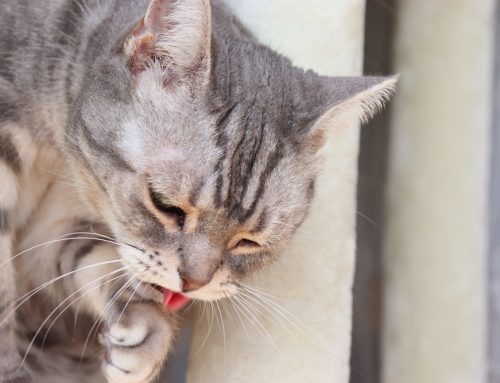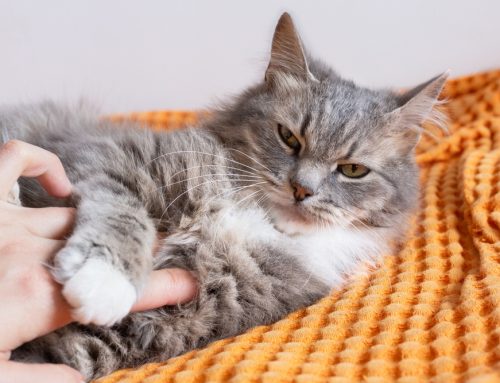Rising costs have compelled many pet owners to look for ways to save money on pet care. Although pet insurance can help mitigate veterinary expenses, to get the most savings, you need a plan that provides the coverage your pet needs at a price you can afford. Our Tidmore Veterinary Hospital team is here to help you decide if pet insurance is right for you and which plan would be best for your pet’s care needs. Read our guide to pet insurance and learn about costs, coverage types, exclusions, and choosing the right plan.
What is pet health insurance?
Pet health insurance is a health care plan that pays a portion of your pet’s veterinary bills based on your coverage such as accident and illness protection, preventive or wellness care, and add-on options. Pet health insurance can financially protect you from unplanned veterinary care expenses and ensure your pet receives the care they need.
How does pet health insurance work?
Most pet insurance providers offer a reimbursement-based payment model. Therefore, when your pet is treated for a covered condition, you pay your veterinarian in full and then file a claim with your insurance provider for reimbursement. Claim forms are typically submitted online, and once they are approved, the amount covered under your plan is transferred to you via direct deposit or check. Some pet health insurance providers offer a direct pay option, which means they will make full or partial payments directly to the veterinarian, minimizing your out-of-pocket expenses.
What does pet health insurance cover?
Generally, three types of pet insurance plans are available: accident and illness, accident-only, and wellness plans. Your coverage depends on your plan type:
- Accident-only coverage — This plan is typically the least expensive pet insurance option, covering only conditions that are the result of an accident such as falls, fractures, toxin ingestion, or lacerations. While generally more affordable, accident-only insurance does not provide benefits for medical conditions or diseases.
- Accident and illness coverage — An accident and illness plan is the most common pet insurance plan type, offering more comprehensive coverage than an accident-only plan. This plan type usually covers diagnosis and treatment costs for conditions such as cancer, endocrine disorders, and some orthopedic injuries. Because illness and accident coverage is more comprehensive, you will pay a higher monthly premium for this plan type than for accident-only coverage.
- Wellness coverage — Wellness care coverage is typically available as an add-on to your base pet insurance plan ( i.e., accident-only or accident and illness) and offers coverage for your pet’s routine care, such as annual veterinary visits and vaccinations.
What isn’t covered by pet health insurance?
While pet health insurance covers many issues, restrictions apply and some conditions are not covered. Common pet insurance exclusions include:
- Pre-existing conditions — A pre-existing condition is any health-related disorder that has been diagnosed before a pet’s health insurance coverage takes effect.
- Species exclusions — While pet insurance providers cover dogs and cats, fewer options are available for exotic pets such as birds and reptiles.
- Age limits — Most pet insurance providers have minimum and maximum age limits for enrollment. Typically, coverage is available for pets as young as 8 weeks of age. Older pets, around 12 to 14 years of age, may be ineligible.
- Geographic exclusions — Some insurance providers have restrictions based on geographic location, so your pet’s eligibility may depend on where you live.
How much does pet health insurance cost?

Pet health insurance costs depend on many variables. Before deciding on a pet insurance plan, consider the following costs:
- Deductible — A deductible is the amount you pay out of pocket before the insurance provider begins reimbursing you. Most providers have an annual deductible, which is reset each year after you renew the policy. Some insurance providers apply the deductible per incident. This means that after you pay the condition’s deductible amount, the plan reimburses you up to the policy’s limits without resetting at a new policy period.
- Reimbursement rate — Reimbursement is the amount a pet insurance provider pays you for veterinary expenses, usually a percentage of the total treatment cost. Most providers offer reimbursement options such as 70%, 80%, or 90%. If you choose a higher reimbursement percentage, you are reimbursed a higher dollar amount, but if you choose a lower reimbursement percentage, you pay a lower monthly premium.
- Payout limit — Some policies have a per-year or lifetime maximum dollar coverage amount. Policies with no limits have the highest premiums.
How do I choose the right pet health insurance plan?
To find the best health insurance plan for you and your pet, research providers, and get multiple quotes to compare their coverage options and prices. Consider your pet’s age, breed, health, and lifestyle to ensure you choose a plan that provides the coverage they need. Before you purchase a pet health insurance plan, read the policy terms carefully, and reach out to the provider with any questions.
Pet insurance ensures your pet gets the care they need and provides you with a financial safety net and precious peace of mind. If you have questions or need to schedule your pet’s annual wellness, visit, contact our Tidmore Veterinary Hospital team.








Leave A Comment